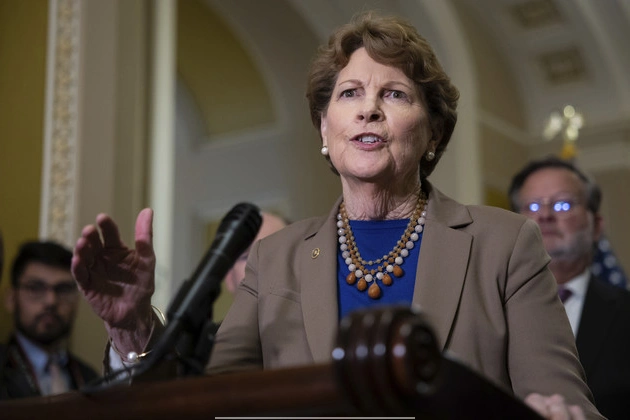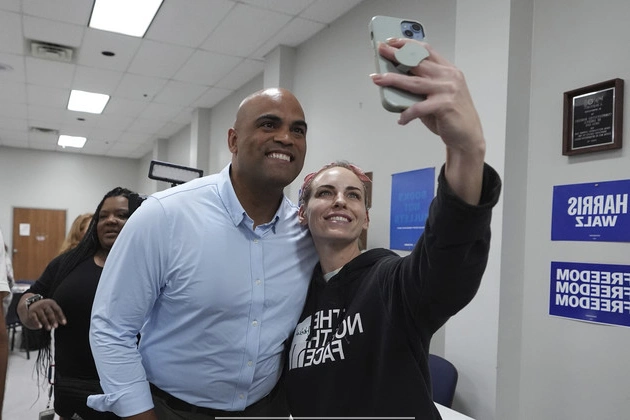
Senate Democrats are grappling with a daunting electoral landscape in 2026, exacerbated by recent retirements that have shifted the political calculus in key states.
Following their loss of the majority last November, the Democratic Party found themselves on a precarious path back to prominence. The announcement of Senator Jeanne Shaheen’s retirement in New Hampshire added another layer of complexity, requiring Democrats to defend a third Senate seat in 2026 alongside the vacancies left by Senators Gary Peters and Tina Smith in Michigan and Minnesota.
The Uphill Battle Ahead
Senator Richard Blumenthal acknowledged the challenges ahead, stating, “It’s no secret that we face a tough map.” Despite this acknowledgment, he remained optimistic about their prospects in certain states.
While additional retirements may loom on the horizon, particularly in more Democratic-leaning states like Illinois and Colorado, the focus remains on the immediate hurdles at hand.
The Quest for Senate Control
The primary obstacle for Democrats lies in the limited opportunities for gaining new seats as they strive to regain control of the Senate. The battleground mainly centers around Senators Susan Collins and Thom Tillis in Maine and North Carolina, respectively. However, even securing both seats would not guarantee a shift in Senate control, presenting a formidable challenge for the party.
Senator Tim Kaine highlighted the strategic significance of the upcoming elections, noting that while 2026 offers some advantages compared to 2024, the real opportunity for a Senate turnover may come in 2028.
Republican Optimism
Conversely, Republicans view the series of Democratic retirements as a potential boon for their party’s prospects in the midterms. Senator Tim Scott celebrated Senator Shaheen’s retirement as an opportunity for Republicans in New Hampshire, emphasizing the state’s history of electing conservative leaders.
Competitive primaries are expected in both parties across various states, with Democrats holding a slight edge in the open-seat contests. However, the early retirements have energized Republicans, who see an increased chance of retaining their majority.
Looking Towards the Future
As the electoral landscape takes shape for 2026, both parties are gearing up for a fierce battle in key states. Democrats are counting on a favorable political environment to boost their chances, while Republicans are capitalizing on the uncertainty surrounding the Senate races.
With the midterm elections still over a year away, the dynamics of the political arena are likely to evolve, presenting new challenges and opportunities for both Democrats and Republicans.
Stay informed as the race unfolds and be prepared for the unexpected twists and turns that could define the outcome of the 2026 Senate elections.











